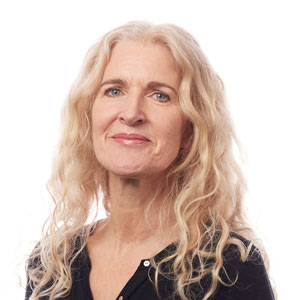Finding out what people think or how they feel about their lives, the brands they interact with and the ideas we share with them is what our work is all about. But people don’t always find it easy to know (or express) what they think and feel.
Our experience has taught us that one of the most effective ways to help get round this is to stop the talk and ask people to move.
Neuroscientist Damasio proved that we carry our emotions in our bodies and this builds on what we’ve all known for many years (but sometimes forget): that words account for only 7% of what we communicate. Psychologists Oppezzo and Swartz from Stanford University published findings showing that walking has a positive effect on creative thinking. The message of these studies is clear:
Using movement helps people access their unconscious and their emotions
Ways we use movement with groups of consumers and in creative and strategy sessions with our clients include:
- Asking people to arrange themselves on an imaginary line to show us how warm or cool they feel about a subject and unpacking the reasons for their placement. Perhaps also asking them to move up the line, as if they are feeling warmer, and telling us how that feels, and what happened along the way
- Inviting people literally to move towards images or concepts that most attract them, or walk into the future and notice how that feels (a great way of enabing people to ‘work with the future now’)
- Creating ‘camps’ in the room that represent different drivers or barriers and asking people to join one. Asking one camp to try to persuade another over to their side. Removing a camp and seeing what happens
- Using stand up/sit down games to show us where the hot and cold spots are for people in a concept, or a script
These techniques help people to identify what they think and feel, and help them express themselves
They also mean:
- We hear more of the individual within the group
- We get closer to feeling how it is for others, by standing with them
- We, and you, can (literally) see how strongly people feel about ideas – not just how loudly they speak
The result is consumers who are more connected, more truthful and more able to contribute – and teams who give more of their insights and ideas to a workshop
Either way, we all get more

Maddy is Director of Lucid. She has been described as a ‘maestra’ with groups of people and is appreciated for her passion and commitment as well as the clarity of her strategic thinking, insight and expression. Maddy began her career in advertising at Ogilvy and BBH and then worked at the Arts Council, English National Opera, AEA consulting and Stimulating World Research before setting up Lucid.
